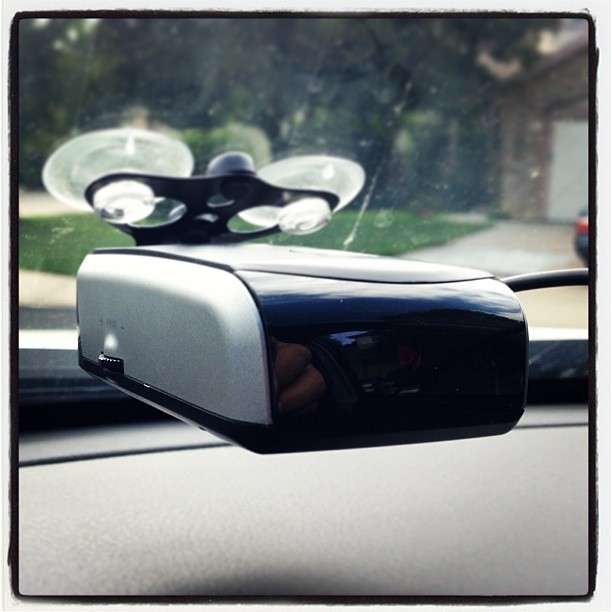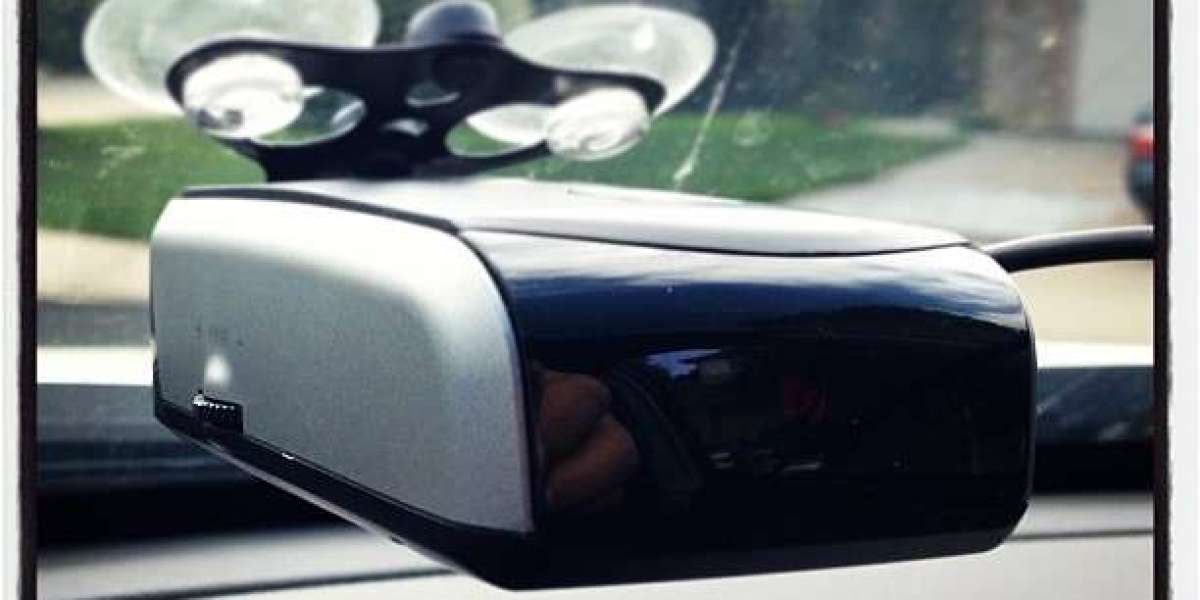As speed detection technology evolves, more drivers are turning to radar detectors to stay aware and in control on the road. Whether you’re looking to avoid unexpected tickets or simply want real-time speed trap alerts, a properly installed radar detector is a smart investment for any driver. In this guide, we’ll break down everything you need to know about radar detector installation, including the benefits, types of detectors, where and how to install them, and legal considerations—especially if you're driving in Texas or other U.S. states.
What Is a Radar Detector?
A radar detector is an electronic device that scans for specific frequencies used by law enforcement to measure vehicle speed. These frequencies come from radar and laser guns, and high-quality detectors can alert you to them well before you're within range—giving you time to adjust your speed accordingly.
Modern radar detectors often include:
Laser detection (LIDAR)
GPS integration for red-light camera alerts
Signal filtering to reduce false alarms
Bluetooth connectivity for updates via smartphone apps

Benefits of Installing a Radar Detector
Radar detectors offer multiple advantages beyond just avoiding speeding tickets:
1. Increased Driving Awareness
These devices keep you alert and mindful of speed limits, especially in unfamiliar areas.
2. Protection Against Speed Traps
Radar detectors notify you about nearby speed traps, giving you time to drive safely and legally.
3. Real-Time Alerts
Many high-end radar detectors update in real time via apps like Escort Live or Waze integrations.
4. Cost Savings
One speeding ticket could cost hundreds in fines and increased insurance. A radar detector often pays for itself in a single saved incident.
5. Driving Confidence
Long trips, especially on highways, feel less stressful with reliable radar protection.
Types of Radar Detectors
You have three main types to choose from, based on budget and installation preferences:
Corded Detectors: Mounted on the windshield using suction cups. Easy to install and remove.
Cordless Detectors: Battery-operated and portable. Great for drivers who switch between vehicles.
Remote-Mounted Detectors: Professionally installed into your vehicle. Virtually invisible and ideal for high-end vehicles or stealth users.
Legal Considerations
Before installing a radar detector, it’s essential to know local laws.
Texas: Legal to own and use radar detectors in private vehicles.
Commercial Vehicles: Radar detectors are illegal in commercial vehicles over 10,000 lbs nationwide.
Virginia and Washington D.C.: Radar detectors are completely banned.
Canada: Radar detectors are banned in many provinces.
Using a radar jammer (which blocks signals rather than detecting them) is illegal in all U.S. states.
Where to Install a Radar Detector
Proper placement is key to maximizing performance:
Ideal Mounting Locations:
Windshield Mount: High enough for line-of-sight detection, but low enough to stay within legal limits (some states prohibit windshield-mounted devices).
Dashboard Mount: Keeps it subtle but effective if installed level with the road.
Remote Install (Custom): Discreetly built into bumpers or grilles for stealth detection.
Installation Tips:
Always install the detector level to the road, facing forward.
Avoid placing it behind metallic window tints or windshield elements like rain sensors.
Ensure it has a clear, unobstructed view of the road ahead.
DIY vs Professional Installation
DIY Installation
If you're using a windshield or dash-mounted radar detector, DIY is simple. Most units come with suction cup mounts and 12V power cables for your cigarette lighter.
Steps:
Attach the mount to your windshield or dash.
Plug into the 12V power socket.
Adjust angle and orientation for maximum visibility.
Tidy up wires using cable clips or trim tools.
Professional Installation
Recommended for:
Remote or hidden radar detectors
High-performance vehicles
People who want a clean, wire-free setup
Professionals will:
Tap into your car’s fuse box for hardwired power
Mount antennas in optimal front and rear locations
Integrate display units seamlessly into the dash
Calibrate sensitivity and filtering settings
Radar Detector Installation Services
If you're in a city like Houston, Los Angeles, or Miami, many car audio and accessory shops specialize in radar detector installation.
Top features to look for in a good installer:
Experience with custom or luxury vehicles
Access to premium radar brands (Escort, Uniden, Radenso, K40)
Clean wire routing and panel work
Warranty or installation guarantee
Example:
Houston Car Stereo offers radar and laser detection system installs with stealth options, laser jammers, and app integration. Shops like these provide full diagnostics and offer packages that include both front and rear detection.
Choosing the Right Radar Detector
Popular brands include:
Escort Max 360c – GPS + Wi-Fi updates, arrows for direction
Uniden R8 – Extreme long-range performance
Valentine One Gen2 – Advanced filtering and arrows
Radenso RC M – Custom, high-end remote system
Features to consider:
GPS Lockouts for repeated false alerts
Auto Learn for adjusting sensitivity based on route
OLED Display for clear alerts and signal strength
360° Detection for front and rear signals
Maintenance and Updates
Most modern radar detectors offer firmware updates to improve signal filtering and add new camera locations.
Tips:
Register your device with the manufacturer
Install regular updates via USB or Wi-Fi
Clean sensors and lens area regularly
Final Thoughts
Installing a radar detector can be a game-changer for daily drivers and road warriors alike. From increased driving awareness to reduced tickets and stress, the benefits are hard to ignore. Whether you go with a basic plug-and-play model or a fully integrated stealth system, make sure you install it correctly—or better yet, get it professionally done.



